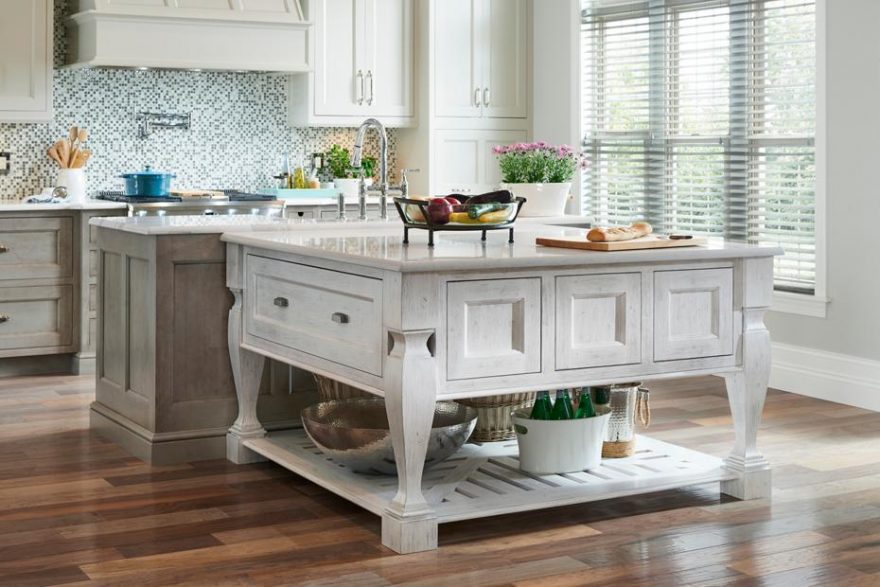Accomplish the Perfect Balance of Type and Feature with Legs For Kitchen Island
Accomplish the Perfect Balance of Type and Feature with Legs For Kitchen Island
Blog Article
An Overview to Picking the Perfect Legs For Kitchen Area Island for Your Home
Picking the suitable legs for your cooking area island is a nuanced decision that affects both the capability and visual appeal of this central room. Factors such as height, materials, and design play an essential role in balancing your island with the total cooking area design. Furthermore, comprehending the relevance of stability and maintenance can considerably influence your option. As you take into consideration these elements, it becomes apparent that the best legs can transform not just the look of your kitchen area yet also its use for years to find. What specific functions should you prioritize in this selection procedure?

Comprehending Kitchen Island Legs
When picking legs for a kitchen area island, it's vital to recognize their functional and visual roles in the general layout. The legs function as a critical support group, making certain stability and longevity for the island, which commonly functions as an office, eating area, or gathering area. Therefore, the option of product and building and construction technique need to be durable enough to stand up to day-to-day use and prospective wear.
Along with their structural obligations, legs add dramatically to the island's aesthetic appeal. They can improve the cooking area's design, whether via traditional, contemporary, or eclectic styles. The height and proportion of the legs are likewise important factors to consider; they must harmonize with the island's countertop height while guaranteeing comfortable seating for those utilizing the area.
Furthermore, the leg style can influence the general flow of the kitchen area. Open, airy leg styles can create a feeling of agility, while strong, significant legs might communicate a much more grounded and stable visual - Legs For Kitchen Island. Recognizing these visual and functional aspects will direct property owners in making educated selections that enhance their cooking area's layout and boost its functionality
Popular Styles and Products
The choice of legs for a kitchen island encompasses a variety of preferred designs and materials, each offering distinct characteristics that can enhance both capability and appearances. Amongst the most popular designs are modern, rustic, and conventional. Contemporary legs frequently feature streamlined, minimalist designs that stress simplicity and clean lines, making them excellent for contemporary kitchens. Rustic designs, on the other hand, welcome all-natural elements and usually display reclaimed timber or distressed finishes, including warmth and beauty to the space. Typical legs normally exhibit luxuriant details and workmanship, enhancing timeless kitchen layouts.

Height and Security Considerations

The legs of the kitchen island must provide ample support, making certain that the structure can hold up against daily usage without wobbling or moving. Material option plays a significant duty in stability; metal legs, for circumstances, tend to provide better strength compared to timber.
Matching Your Cooking Area Aesthetic
Choosing the appropriate legs for your kitchen island exceeds performance; it additionally plays a significant role in the general visual of the space. When selecting legs, think about the layout style of your kitchen. For a contemporary look, streamlined steel or minimalist layouts can create a clean, modern vibe. On the other hand, typical or rustic kitchen areas often profit from wood legs with detailed outlining or a troubled coating, boosting heat and character.
Legs that match or contrast with your island's surface area and bordering cabinetry can create aesthetic harmony or striking focal factors. In addition, take into consideration the finish of the legs; matte, shiny, or distinctive surfaces can significantly influence the general feeling of the cooking area.
Setup and Upkeep Tips
Installing cooking area island legs needs careful focus to detail to ensure both security and aesthetic allure. Begin by selecting an ideal place for your island, guaranteeing it is level and has ample area for movement. If you are attaching the why not try this out legs to a wall surface or using braces for added support, make use of a stud finder to find wall surface studs. Mark the placement of the legs properly before exploration.
When protecting the legs, use top notch screws and, if necessary, timber glue for added toughness. For metal legs, make certain that you are utilizing proper supports and tools to avoid damage to your flooring. It is suggested to look for levelness after setup, making modifications as required to stay clear of wobbling.
Tidy the legs with an appropriate cleaner, preventing rough materials that may scratch the surface. By following these installation and upkeep pointers, you can make certain that your cooking area island legs stay both practical and visually appealing.
Final Thought
In verdict, choosing the appropriate legs for a kitchen area island necessitates mindful consideration of elevation, stability, and visual compatibility. Ultimately, thoughtful leg choice plays an essential duty in elevating both the usefulness and design of the kitchen area.
When selecting legs for a kitchen area island, click here for more info it's essential to comprehend their functional and aesthetic functions in the total design. Open, airy leg designs can create a sense of agility, while solid, considerable legs might convey a much more based and stable aesthetic. The legs of the cooking area island should offer ample support, making sure that the framework can hold up against everyday usage without wobbling or changing.Setting up kitchen island legs needs cautious interest to information to ensure both stability and aesthetic charm.In verdict, picking the appropriate legs for a kitchen area island requires mindful factor to consider of elevation, security, and visual compatibility.
Report this page